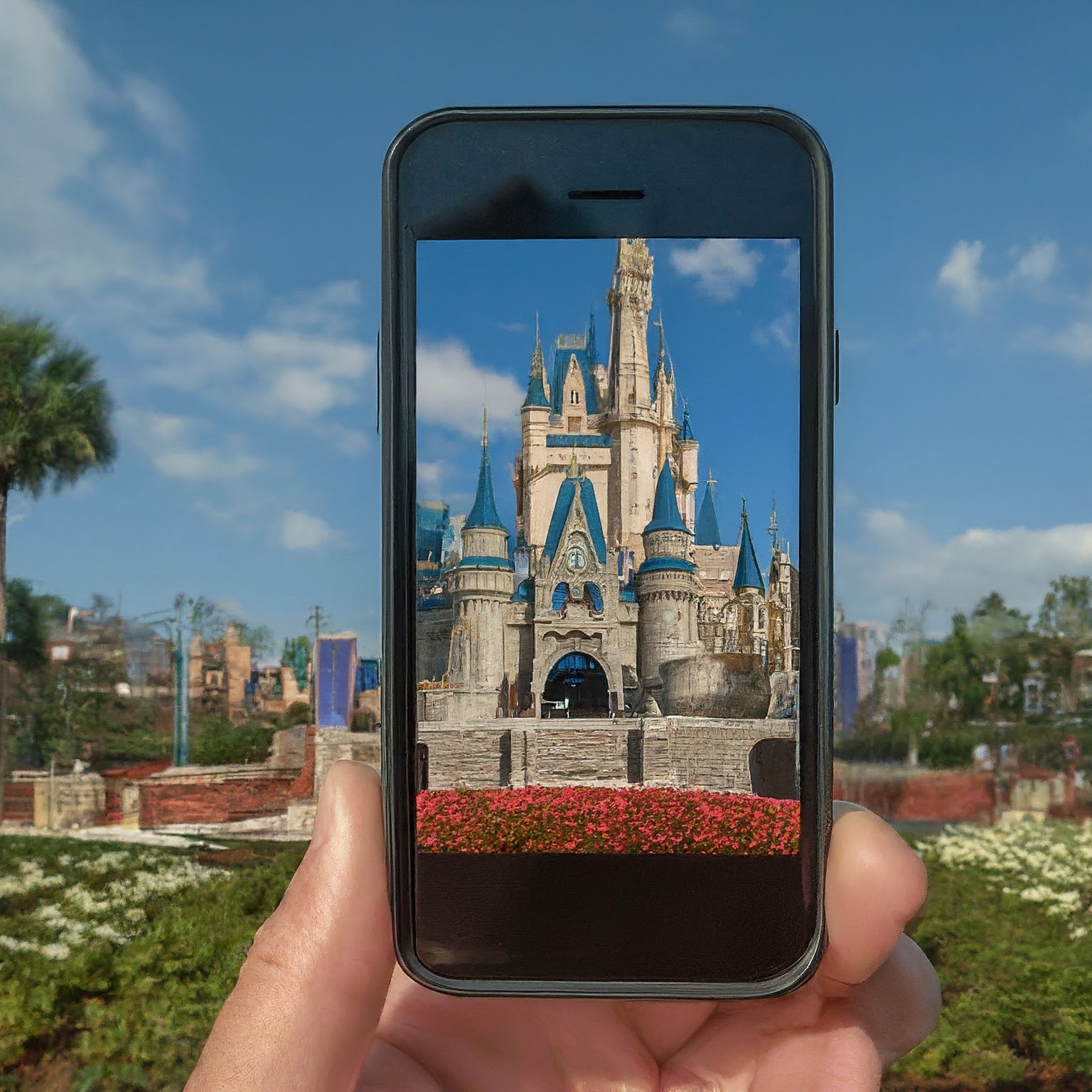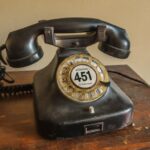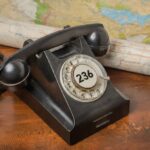The world of telecommunication relies on a complex system of area codes to efficiently route calls and identify locations. One such code, the 689 area code, has emerged as a point of curiosity for many, particularly those residing in or connecting with Central Florida. This comprehensive article explores the 689 area code, delving into its origins, geographic coverage, and its strong association with the vibrant city of Orlando.

Unveiling the History: The 689 Area Code as an Overlay
The 689 area code wasn’t always a standalone entity. In June 2019, it was introduced as an overlay to the existing 407 area code. Area code overlays are implemented when the demand for new phone numbers outgrows the capacity of a single area code within a specific region. The introduction of the 689 area code ensured a continued supply of phone numbers for residents and businesses in Central Florida.
Understanding Overlays: How the 689 Area Code Functions
With the introduction of the 689 area code, any new phone numbers assigned in the region served by the original 407 area code could potentially receive a number with either the 407 or the 689 prefix. Both area codes now serve the same geographic territory, eliminating the need to change phone numbers for existing users with 407 numbers.
Mapping the Territory: Cities and Communities Covered by the 689 Area Code
The 689 area code shares its coverage area with the established 407 area code. This encompasses a significant portion of Central Florida, including:
Orlando: The most populous city within the coverage area, Orlando serves as a major economic and cultural hub, and a significant portion of its residents and businesses utilize phone numbers with either the 407 or 689 area code.
Surrounding Communities: The combined coverage area of the 407 and 689 area codes extends beyond Orlando, encompassing numerous suburbs, towns, and neighboring communities within Central Florida.
Pro Tip: To pinpoint the exact city or region associated with a specific phone number within the 689 area code (or the 407 area code), you can utilize online reverse phone number lookup services.
Beyond Geography: The 689 Area Code and the Orlando Connection
While the 689 area code covers a broader region in Central Florida, it’s most strongly associated with Orlando. Here’s why:
Population Growth: Orlando’s population has been steadily increasing, driving the demand for new phone numbers, which the introduction of the 689 area code helped to accommodate.
Economic Hub: As a center for tourism, hospitality, and various industries, Orlando houses numerous businesses that utilize phone numbers with the 689 area code for customer communication.
Local Identity: For many residents and businesses within Orlando, phone numbers with the 689 area code have become a symbol of local identity within the broader Central Florida region.
The 689 area code has become an integral part of Orlando’s communication landscape, seamlessly connecting residents, businesses, and visitors within the city and beyond.
The Impact of Overlays: Potential Benefits and Drawbacks
The implementation of area code overlays like the 689 has its advantages and disadvantages:
Benefits: Overlays ensure a continued supply of phone numbers in a growing region, preventing the need for entirely new area codes and potential confusion.
Drawbacks: Overlays can lead to confusion, especially for individuals unfamiliar with the system, as they might not know which area code to use when making calls within the same region.
Despite potential drawbacks, area code overlays often prove to be an efficient solution to accommodate phone number needs in expanding regions.
The Future of Area Codes: The Rise of Mobile Communication
The landscape of telecommunication is constantly evolving, with mobile communication playing an increasingly prominent role. Here’s how this might affect area codes:
Mobile Number Portability: Mobile users can often retain their phone numbers, regardless of area code, when switching carriers, potentially reducing reliance on specific area codes for location identification.
Continued Relevance: Even with the rise of mobile communication, area codes are likely to remain relevant for landline phone connections and caller ID purposes.
The future of area codes might involve a more nuanced approach, where their importance adapts alongside technological advancements.


